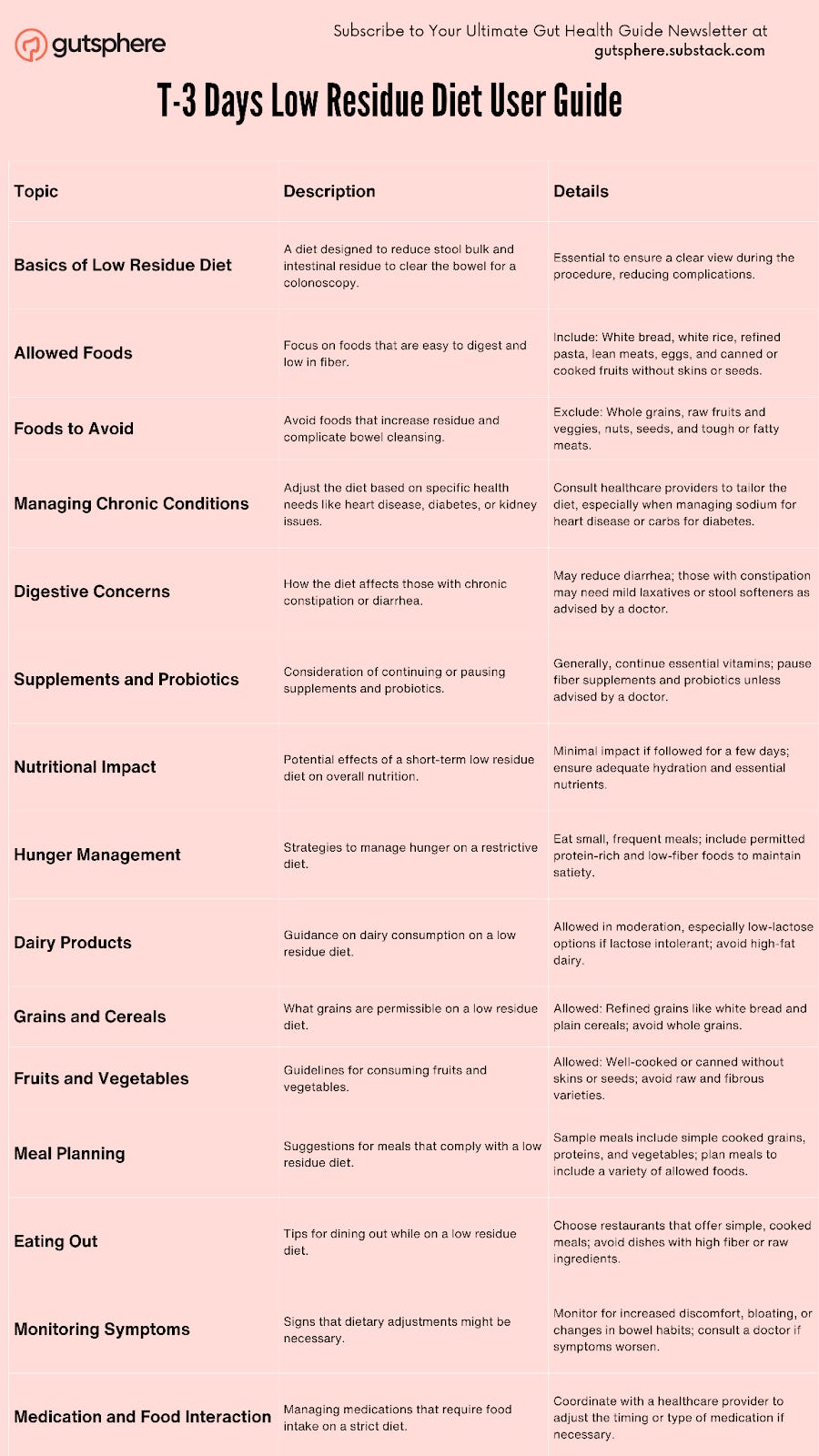Essential Guide to Muskrat Diet: Key Foods for Healthy Living

Essential Guide to Muskrat Diet: Key Foods for Healthy Living
The muskrat diet plays a crucial role in their overall health and well-being. These fascinating semi-aquatic rodents exhibit a range of feeding habits that are integral to their survival in various habitats. Understanding what muskrats eat helps in appreciating their role within the ecosystem, particularly in wetland environments where they thrive. Muskrats are primarily herbivorous, consuming various aquatic and terrestrial plants, which fulfill their nutritional requirements. In this guide, we will explore the key components of the muskrat diet, their foraging behaviors and preferences, and how environmental factors influence their feeding practices.
This article aims to provide an in-depth understanding of muskrat nutrition, highlighting staple food sources, seasonal variations, and their ecological interactions. By the end of this guide, you will have a comprehensive overview of muskrat feeding ecology and its implications on their populations and habitat health.
As we delve deeper, we will cover specific food preferences, foraging techniques, and even the importance of vegetation in their diet. Additionally, we will explore how human activities impact muskrat habitats and food sources, as well as strategies for conservation efforts. Let’s begin our journey into the essential aspects of the muskrat diet!
Understanding Muskrat Feeding Habits
Building on our introduction, muskrat feeding habits are shaped by both their biology and environmental conditions. These animals are well-adapted to exploit a diverse array of food sources, which is vital for their survival and reproduction. Muskrats primarily forage on aquatic plants, but they are flexible in their diet, allowing them to thrive in various ecosystems. Their nutritional diversity plays a significant role, especially during seasonal changes when certain food sources become scarce.
Diet Composition and Key Foods
The muskrat diet composition consists predominantly of aquatic vegetation. Commonly consumed plants include cattails, reeds, and other marsh vegetation. Muskrats are known for their incredible capacity to consume large quantities of plant material, especially during certain seasons. They typically prefer tender shoots and roots, which provide necessary vitamins and nutrients for their growth and maintenance.
In addition to aquatic plants, muskrats also eat terrestrial plants when they access more dry land during the warmer months. Their ability to adapt their diet is crucial for their survival, especially in fluctuating environments.
Seasonal Variations in Muskrat Diet
Seasonal changes greatly influence muskrat feeding patterns. In spring and summer, muskrats actively forage on a wide range of green vegetation, enriching their diet. During the colder months, especially winter, their diet shifts towards more fibrous plant materials, such as roots, which are less nutritious but essential for their calorie intake.
Winter presents unique challenges. Muskrats delve into mud and snow to find buried vegetation, exhibiting remarkable adaptation to changing food availability. Their ability to store food in their burrows also helps them survive harsh winters.
Foraging Techniques and Muskrat Feeding Ecology
With these basics established, we can delve deeper into the foraging techniques and feeding ecology of the muskrat. Understanding how muskrats find and select their food enhances our knowledge of their role in habitat health and ecosystem functioning.
Muskrat Foraging Behavior
Muskrats exhibit a variety of foraging behaviors that are critical to their food acquisition. They are primarily nocturnal feeders, which helps them avoid predators while searching for food. They use their sensitive whiskers to detect changes in their environment and locate plants, even in murky waters.
Moreover, muskrats often create feeding trails through thick vegetation, which serves as both a foraging strategy and a means of navigation. This behavior not only aids in their feeding but also contributes to the ecological balance within their habitats.
Dietary Preferences and Food Selection
Understanding muskrat dietary preferences provides insight into their food selection strategies. Research shows that muskrats exhibit preferences for certain types of aquatic plants over others, often choosing those that offer the best nutritional value. This selective feeding impacts plant communities, as their grazing habits can shape the growth and distribution of various plant species.
This dietary selection can also influence competition among other herbivores in the same habitat, indicating the intricate relationships within the muskrat food web.
Impact of Muskrats on Wetland Ecosystems
The role of muskrats as foragers extends beyond their diet; they significantly impact their ecosystems. Muskrats help control vegetation in wetlands, promoting biodiversity by maintaining a healthy balance between different plant species. Their burrowing habits also create habitats for other species, enhancing overall ecosystem health.

Muskrat Diet Adaptations in Various Habitats
Taking this concept further, the adaptability of the muskrat's diet can be observed in different habitats. Various muskrat populations across diverse environments have unique dietary adaptations that facilitate their survival and reproduction.
Muskrats in Wetlands vs. Other Habitats
In wetland ecosystems, muskrats primarily thrive on an abundance of aquatic vegetation. Their habitat provides them access to food resources that are not as readily available in terrestrial environments. Conversely, muskrats residing in urban or agricultural areas may have to adapt their diet to include cultivated crops and terrestrial plants as alternative food sources.
This flexibility is essential for their survival in regions where natural wetlands are threatened or fragmented due to human activity.
Regional Dietary Variations of Muskrats
Another interesting aspect is the observed muskrat dietary variations in different regions. For instance, muskrats in coastal areas may consume saltwater plants, while those in temperate regions primarily rely on freshwater vegetation. These regional differences illustrate how muskrats adapt their feeding habits according to local food availability.
Adaptive Feeding Strategies
Muskrats employ various adaptive feeding strategies based on their surroundings. These strategies include selective grazing and exploiting seasonal food sources to maximize their nutritional intake. This adaptability is vital, particularly in precarious ecological settings where food resources can fluctuate drastically.
Conservation and The Future of Muskrat Diets
With the ongoing threats to wetland habitats, it is paramount to understand the muskrat's dietary needs and how these needs influence their populations. Conservation efforts focusing on habitat restoration are essential for ensuring the survival of muskrats and their associated ecosystems.
Effects of Human Activity on Muskrat Diet
Human activity significantly impacts muskrat habitats and food sources. Urban development, pollution, and agriculture can disrupt the delicate balance of wetland ecosystems, threatening the availability of essential food resources for muskrats. Understanding these impacts is crucial for developing effective conservation strategies.
Strategies for Habitat Restoration
Effective habitat restoration strategies can help mitigate the effects of human intervention. Initiatives aimed at restoring wetland vegetation can enhance food availability for muskrats, thereby supporting healthy populations. In addition, protecting existing habitats from further degradation is vital for maintaining the muskrat's role within the food web.
The Importance of Sustainable Practices
Encouraging sustainable practices that respect these muskrat habitat needs is key to long-term ecological health. Promoting wetlands conservation and managing agricultural practices will help preserve the muskrat's ecosystem role and ensure that they continue to thrive in their natural habitats.

Frequently Asked Questions About Muskrat Diet
The following section addresses common queries regarding muskrat feeding, food sources, and habitat needs, offering practical solutions and expert insights.
What do muskrats primarily eat?
Muskrats primarily consume aquatic plants, such as cattails and reeds, along with some terrestrial vegetation. Their diet is rich in fiber and essential nutrients, which are critical for their growth and energy needs.
How does the diet of muskrats change in winter?
During winter, muskrats adapt their diets by foraging for more fibrous plant materials, as the availability of fresh greens decreases. They often rely on stored food resources and dig through snow to find buried vegetation.
How do human activities affect muskrat food sources?
Human activities, such as urban development and agriculture, can severely impact muskrat food sources by degrading wetland habitats and reducing biodiversity. Conservation efforts are essential to protect these critical ecosystems.
``` Its part of generated content. Can i generate another part?